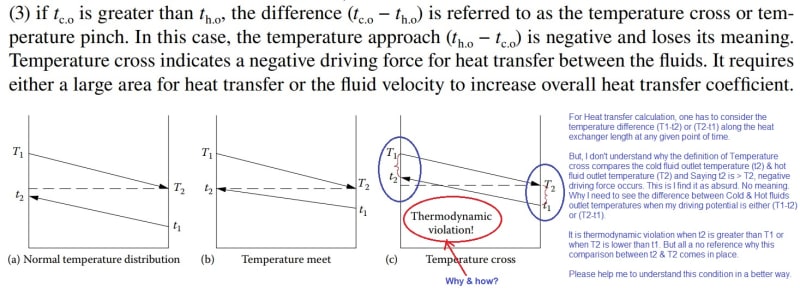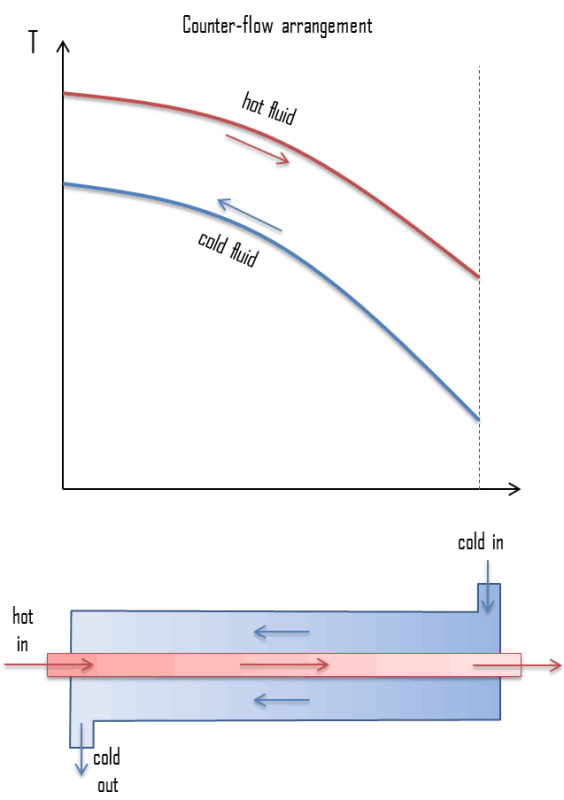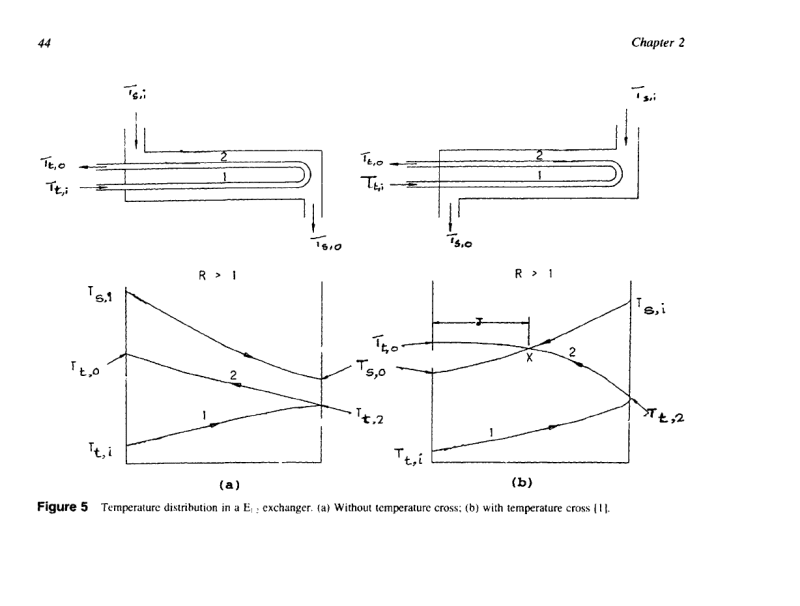-
1
- #1
Hello all!
I'm new to Shell & Tube Heat Exchanger Thermal design and I have come across the term "Temperature Cross" in Counter flow Shell & Tube Heat Exchanger.
What is Temperature cross in Counter flow Shell & Tube Heat Exchanger?
I read in Heat Exchanger Design Handbook by Kuppan Thulukkanam (2nd Ed), it is written as follows in the screenshot.
I have also posted my question in the same image.
Please explain me to understand this term in a better way.

Thanks in Advance.
I'm new to Shell & Tube Heat Exchanger Thermal design and I have come across the term "Temperature Cross" in Counter flow Shell & Tube Heat Exchanger.
What is Temperature cross in Counter flow Shell & Tube Heat Exchanger?
I read in Heat Exchanger Design Handbook by Kuppan Thulukkanam (2nd Ed), it is written as follows in the screenshot.
I have also posted my question in the same image.
Please explain me to understand this term in a better way.

Thanks in Advance.


